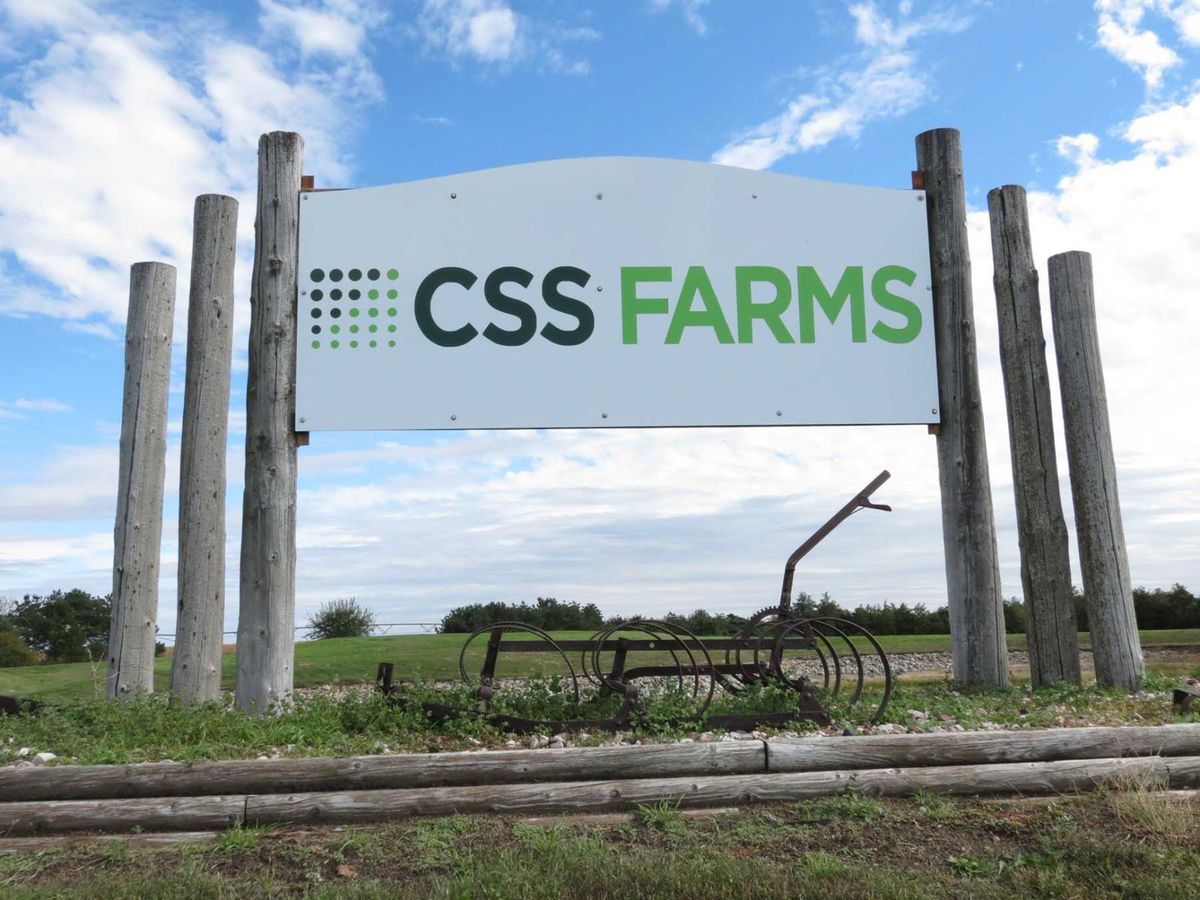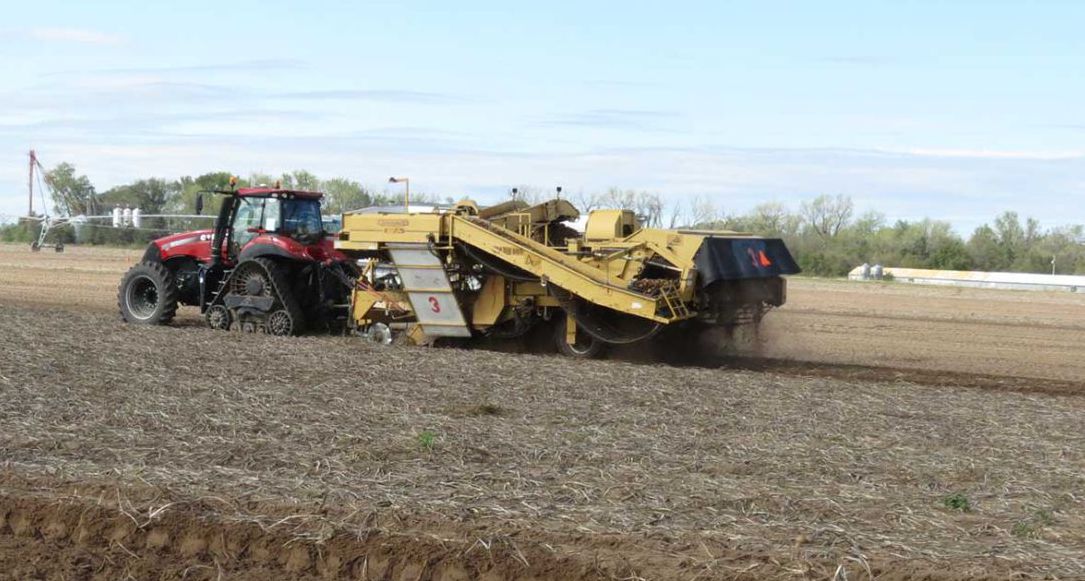Potatoes grown in Nebraska’s Platte Valley aren’t meant to be mashed for Thanksgiving dinner or baked and topped with a little bit of everything.
CSS Farms grows chip potatoes, with 85 percent to 90 percent of them trucked to the Frito-Lay plant in Topeka, Kan., or another company plant, as needed. The balance is sold to smaller chip plants.
 “We’d like to keep it to a two-day haul for quality issues,” says Ben Zechmann, Minden farm manager for CSS Farms. “A potato is still alive.”
“We’d like to keep it to a two-day haul for quality issues,” says Ben Zechmann, Minden farm manager for CSS Farms. “A potato is still alive.”
Potatoes are sensitive to temperature and humidity, which are precisely controlled in the company’s warehouses north of Minden, Neb.
Technologies to ensure quality can be seen throughout the steps to grow, harvest and store potatoes. They include automated monitoring and operation of pivot irrigation systems, GPS-guided equipment and implements, lasers to measure the pile depth and adjust the speed of warehouse “piler,” and modifications to control the height of conveyor booms and depth of harvester digger blades.
Zechmann says Frito-Lay approves all the varieties planted at the CSS farm in Minden, including the six used this year. “Round whites with very, very white flesh and super, super thin skins,” he says when asked to describe the perfect chip potato. Zechmann says that when the harvest system is running smoothly, a truckload of potatoes arrives at the warehouse every eight to 10 minutes.
The potatoes aren’t washed for storage. They don’t get wet until they leave the warehouse on their way to the processing plant. The storage conditions are 97 percent humidity at 60 degrees right after harvest. The temperature may be dropped to 50 to 52 degrees, even as low as 48, later.
Zechmann says the temperature at the bottom of the huge potato piles can be controlled within one-tenth of a degree. That’s important because heat, water and carbon dioxide are factors that must be controlled as air flows through the potatoes.
“We actually add water to the air. In the winter, you might bring 30 percent (humidity) from the outside,” says Zechmann.
Potato density is measured as specific gravity. The goal is to have high solids, which are better for frying. Zechmann says the solids are about 25 percent higher in a chip potato than in a typical baking russet.
 Chip potatoes can be boiled, he ays, but they will go from hard to mush in about two minutes. The flavor is fine, but the texture may be a little more gritty.
Chip potatoes can be boiled, he ays, but they will go from hard to mush in about two minutes. The flavor is fine, but the texture may be a little more gritty.
Sampling and fry testing of potatoes are done throughout the growing season. Every stored lot—approximately 20 this year at CSS—is tested weekly.
Zechmann says the budget is for 12 percent shrink, “but if we actually get 12 percent, something went wrong.” The actual target is 8 percent to 10 percent.
Undersized, bruised or otherwise damaged potatoes that would be rejected by Frito-Lay often go to small cattle feeders who may grind them with hay. Zechmann says the potatoes have 25 percent of the protein value of corn, but feeders can’t depend on a steady supply.
Source: Kearney Hub